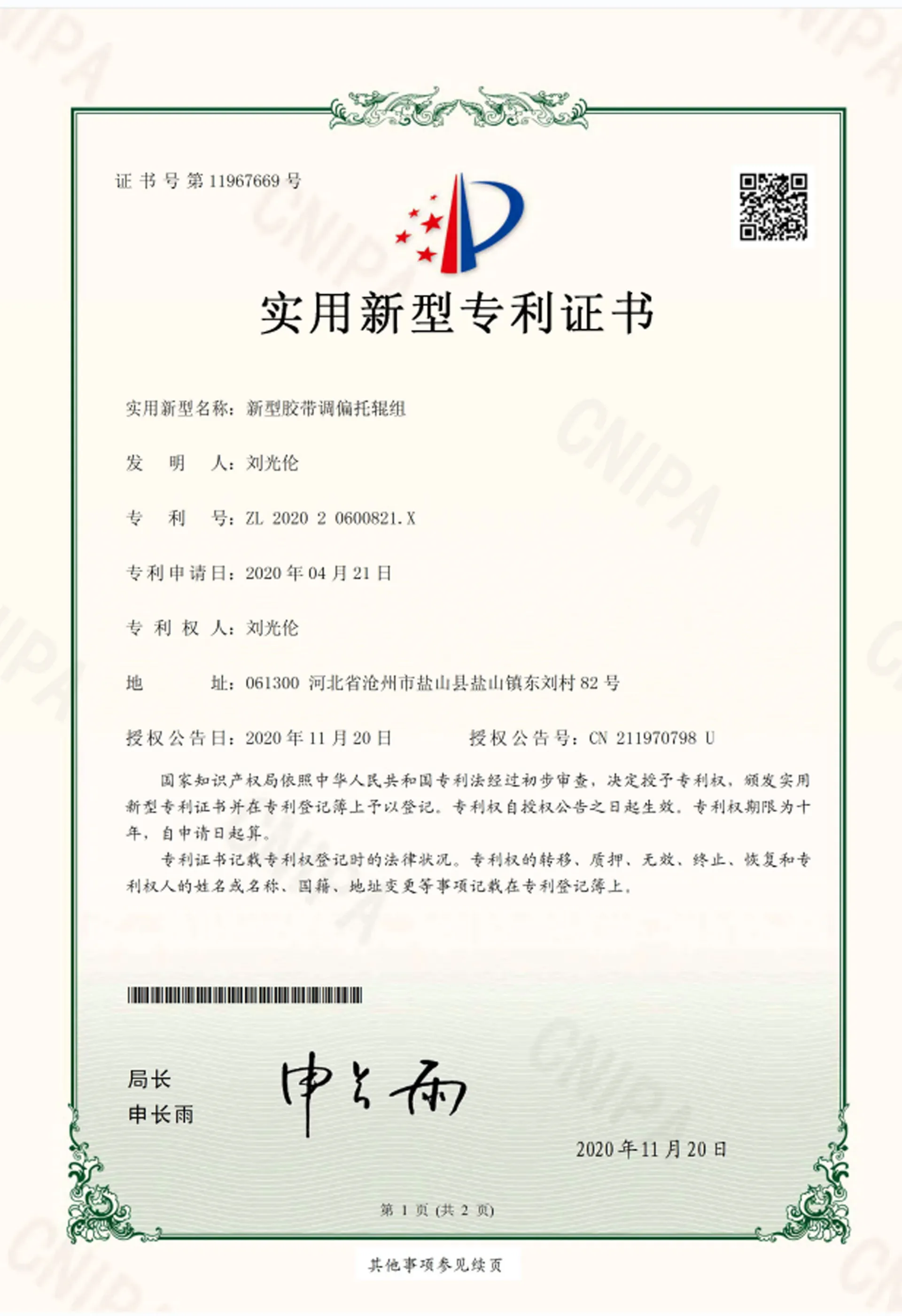 Afrikaans
Afrikaans  Albanian
Albanian  Amharic
Amharic  Arabic
Arabic  Armenian
Armenian  Azerbaijani
Azerbaijani  Basque
Basque  Belarusian
Belarusian  Bengali
Bengali  Bosnian
Bosnian  Bulgarian
Bulgarian  Catalan
Catalan  Cebuano
Cebuano  Corsican
Corsican  Croatian
Croatian  Czech
Czech  Danish
Danish  Dutch
Dutch  English
English  Esperanto
Esperanto  Estonian
Estonian  Finnish
Finnish  French
French  Frisian
Frisian  Galician
Galician  Georgian
Georgian  German
German  Greek
Greek  Gujarati
Gujarati  Haitian Creole
Haitian Creole  hausa
hausa  hawaiian
hawaiian  Hebrew
Hebrew  Hindi
Hindi  Miao
Miao  Hungarian
Hungarian  Icelandic
Icelandic  igbo
igbo  Indonesian
Indonesian  irish
irish  Italian
Italian  Japanese
Japanese  Javanese
Javanese  Kannada
Kannada  kazakh
kazakh  Khmer
Khmer  Rwandese
Rwandese  Korean
Korean  Kurdish
Kurdish  Kyrgyz
Kyrgyz  Lao
Lao  Latin
Latin  Latvian
Latvian  Lithuanian
Lithuanian  Luxembourgish
Luxembourgish  Macedonian
Macedonian  Malgashi
Malgashi  Malay
Malay  Malayalam
Malayalam  Maltese
Maltese  Maori
Maori  Marathi
Marathi  Mongolian
Mongolian  Myanmar
Myanmar  Nepali
Nepali  Norwegian
Norwegian  Norwegian
Norwegian  Occitan
Occitan  Pashto
Pashto  Persian
Persian  Polish
Polish  Portuguese
Portuguese  Punjabi
Punjabi  Romanian
Romanian  Russian
Russian  Samoan
Samoan  Scottish Gaelic
Scottish Gaelic  Serbian
Serbian  Sesotho
Sesotho  Shona
Shona  Sindhi
Sindhi  Sinhala
Sinhala  Slovak
Slovak  Slovenian
Slovenian  Somali
Somali  Spanish
Spanish  Sundanese
Sundanese  Swahili
Swahili  Swedish
Swedish  Tagalog
Tagalog  Tajik
Tajik  Tamil
Tamil  Tatar
Tatar  Telugu
Telugu  Thai
Thai  Turkish
Turkish  Turkmen
Turkmen  Ukrainian
Ukrainian  Urdu
Urdu  Uighur
Uighur  Uzbek
Uzbek  Vietnamese
Vietnamese  Welsh
Welsh  Bantu
Bantu  Yiddish
Yiddish  Yoruba
Yoruba  Zulu
Zulu conveyor frame parts
Understanding Conveyor Frame Parts A Key Component in Material Handling
Conveyor systems are essential in various industries, from manufacturing to logistics, for efficiently transporting goods and materials. At the heart of these systems lies the conveyor frame, a crucial structural element that supports the entire conveyor configuration. Understanding the components of a conveyor frame is vital for anyone involved in the design, maintenance, or operation of conveyor systems. In this article, we will explore the various parts of a conveyor frame, their functions, and the importance of selecting the right materials.
The Structure of Conveyor Frames
The conveyor frame is primarily constructed from sturdy materials, typically steel or aluminum, which provide the necessary strength and durability. The design of the frame ensures stability and support for the conveyor belt and the loads it carries. It typically includes several key parts the frame itself, braces, support legs, and mounting brackets.
1. Main Frame The main frame of a conveyor is the backbone. It consists of a series of beams and cross members that form a rigid structure capable of bearing heavy loads. The configuration of the main frame can vary significantly depending on the application, including flat frames for belt conveyors or inclined frames for incline belt systems.
2. Braces Braces are essential for reinforcing the structural integrity of the conveyor frame. They are usually installed diagonally between the main frame beams. Braces help to distribute the load evenly and prevent any twisting or bending that could occur under weight. This is particularly important in high-capacity systems, where the conveyor must handle significant quantities of materials.
3. Support Legs Support legs elevate the conveyor frame off the ground, providing stability and allowing the system to operate smoothly. These legs can be adjustable or fixed, depending on the design requirements. Adjustable legs are beneficial for installations where the conveyor needs to accommodate uneven surfaces.
4. Mounting Brackets Mounting brackets serve the purpose of connecting the frame to other components of the conveyor system, such as motors, rollers, and even additional conveyors. The design and material of mounting brackets are critical, as they must withstand the dynamic forces that occur during operation.
Material Selection
conveyor frame parts

The choice of material for conveyor frame parts is critical and can affect the overall performance and longevity of the system. Steel frames are often chosen for their strength and durability, making them suitable for heavy-duty applications. However, they can be subject to corrosion, so protective coatings are often applied.
Aluminum frames, on the other hand, are lightweight and resistant to corrosion, making them ideal for environments that require a high degree of flexibility and ease of movement. They are commonly used in lightweight automation applications, where the conveyor may need to be relocated frequently.
Importance of Proper Design
The design of conveyor frame parts goes beyond mere aesthetics; it plays a vital role in the efficiency and safety of material handling systems. A poorly designed frame can lead to misalignment of the conveyor belt, increased wear on components, and potential safety hazards if the system fails under load.
When designing or selecting a conveyor frame, it is crucial to consider factors such as
- Load Capacity Understanding the maximum load that the frame must support is essential. Overloading the frame can lead to premature failure. - Application Environment If the conveyor operates in a harsh environment, such as extreme temperatures or humid conditions, the materials and design must account for these factors to ensure longevity.
- Flexibility and Modularity Modern manufacturing practices often require flexibility. A modular design allows for easy adjustments and upgrades to the conveyor system as needs change.
Conclusion
Conveyor frame parts are fundamental to the efficiency and reliability of material handling systems. A well-designed frame not only supports the operational aspects of the conveyor but also enhances safety and minimizes maintenance requirements. By understanding the importance of each component within the frame, businesses can make informed decisions when designing or updating their conveyor systems, ultimately leading to improved productivity and success in their operations. Whether it’s choosing the right materials or ensuring robust design features, investing in high-quality conveyor frame components is essential for long-term operational excellence.
-
Revolutionizing Conveyor Reliability with Advanced Rubber Lagging PulleysNewsJul.22,2025
-
Powering Precision and Durability with Expert Manufacturers of Conveyor ComponentsNewsJul.22,2025
-
Optimizing Conveyor Systems with Advanced Conveyor AccessoriesNewsJul.22,2025
-
Maximize Conveyor Efficiency with Quality Conveyor Idler PulleysNewsJul.22,2025
-
Future-Proof Your Conveyor System with High-Performance Polyurethane RollerNewsJul.22,2025
-
Driving Efficiency Forward with Quality Idlers and RollersNewsJul.22,2025





























